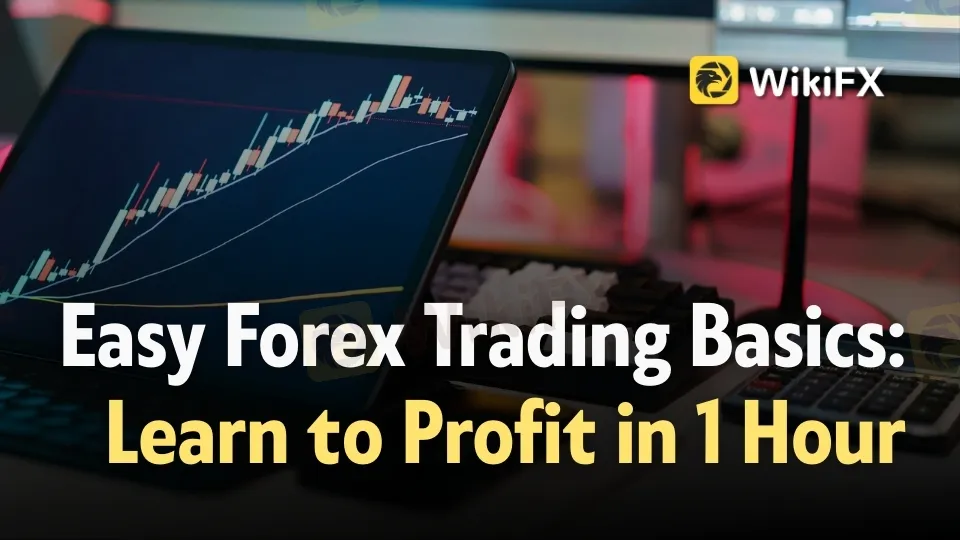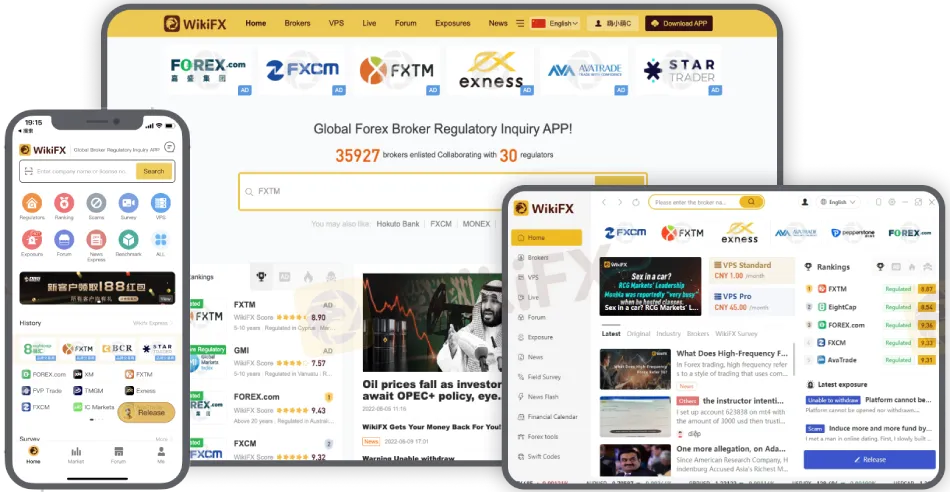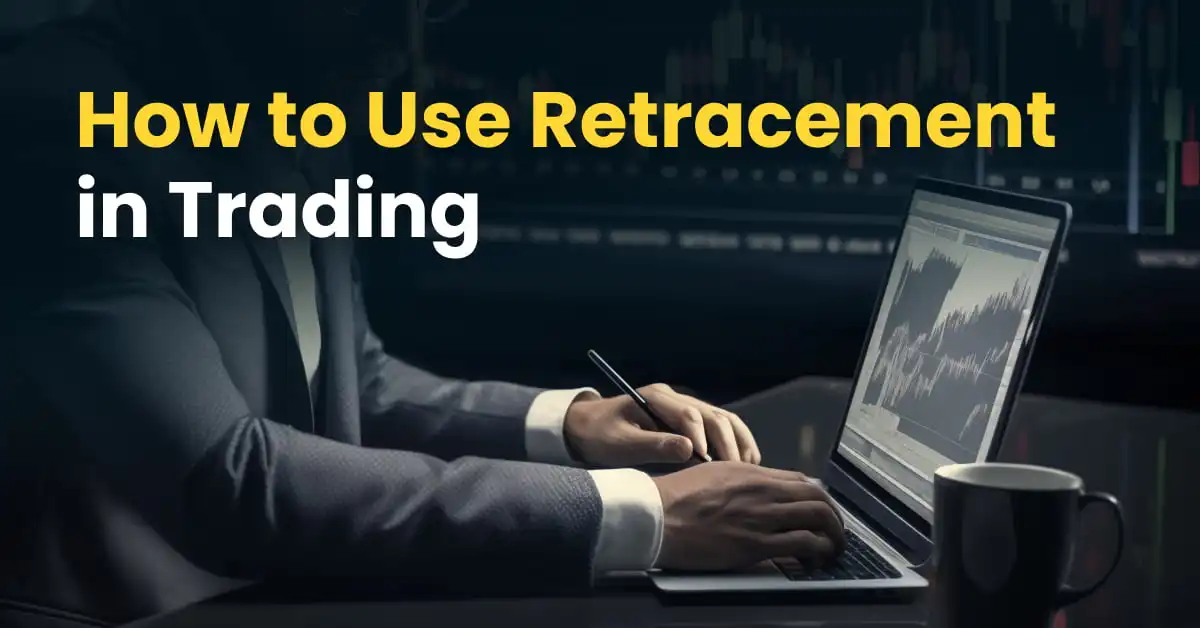简体中文
繁體中文
English
Pусский
日本語
ภาษาไทย
Tiếng Việt
Bahasa Indonesia
Español
हिन्दी
Filippiiniläinen
Français
Deutsch
Português
Türkçe
한국어
العربية
Easy Forex Trading Basics: Learn to Profit in 1 Hour
Abstract:Master the basics of easy forex trading with practical beginner tips, safe methods, and simple profit strategies. Start learning and trading in one hour.

Introduction
Currency trading—better known as forex—has grown into the largest marketplace on the planet, moving more than $7 trillion in daily transactions. While those numbers can look intimidating, dont mistake forex for a game strictly reserved for seasoned professionals. Anyone with access to a credible broker and a trading platform can enter the market. With the right framework, you can grasp the basics and start practicing trades in less than an hour.
This guide cuts through the noise and focuses on easy forex trading—a way to step confidently into forex without getting lost in overly technical charts and complex trading systems. Think of it as a simple forex guide written for beginners: practical steps, tested strategies, and reliable safety measures that help you start small yet steady.
What Is Easy Forex Trading?
Simply put, easy forex trading is learning to approach the market with clarity and restraint. It strips trading down to the essentials:
- Becoming familiar with how currency pairs (like EUR/USD) operate.
- Understanding how forex brokers and platforms serve as your gateway.
- Picking strategies that are measurable and simple enough for beginners.
- Prioritizing safety by managing risk before chasing big profits.
Instead of diving into a sea of indicators and financial jargon, the goal is to use straightforward methods that let you place a trade confidently while keeping risk under control.
How to Start Easy Forex Trading in 1 Hour
If you‘re curious about how to start easy forex trading, here’s a structured one-hour plan that sets the foundation:
Step 1: Select a Broker You Can Trust
Your broker is your direct connection to the forex market, so choose wisely. Look for:
- Regulation under reliable authorities such as ASIC, FCA, or CySEC.
- A beginner-friendly trading platform like MT4 or MT5.
- Options like demo accounts that let beginners practice without risk.
Step 2: Set Up an Account
Opening an account is usually straightforward—upload your ID, confirm some details, and get verified. Once approved, you can deposit a modest sum (though its smart to begin in demo mode).
Step 3: Explore Your Platform
Dedicate 15–20 minutes to clicking around the trading platform. Learn how to:
- Open and close a trade.
- Place stop-loss and take-profit orders.
- Monitor charts and check spreads.
This step is crucial—understanding the mechanics ensures you dont make costly clicks later.
Step 4: Place a Practice Trade
Before diving into live money, enter a demo trade on a major currency pair (like EUR/USD). Stick to a micro lot so movement remains small, and add both a stop-loss and take-profit. This gives you the experience of placing a “complete” trade from start to finish.
In just under 60 minutes, youll have exposure to every fundamental stage of a trade.
Beginner Forex Tips for Safer Trading
Starting forex doesnt mean reckless risk-taking. The most consistent traders succeed because they follow habits that may seem simple but are critical for survival. Here are some beginner forex tips every new trader should know:
- Risk management first: Never risk more than 1–2% of your capital on a single trade.
- Always trade with stop-loss orders: Protect your balance from sudden market swings.
- Stick to majors: Currency pairs like EUR/USD or GBP/USD are liquid and predictable.
- Use a trading diary: Logging your trades helps identify what‘s working and what isn’t.
- Dont chase the market: Wait for setups instead of jumping at every price move.

Simple Forex Guide: Effective, Easy-to-Learn Strategies
When it comes to strategies, remember: fewer is better. Beginners dont need 10 indicators crowding the screen. Here are some easy forex profit strategies that are simple to apply:
1. Follow the Trend
Markets move in patterns. One of the lowest-stress strategies is to trade with the trend rather than against it. You might use a moving average to confirm direction:
- When price is above the moving average → look for buys.
- When price is below → consider selling.
2. Breakout Trading
Markets occasionally “break out” of tight ranges. Beginners can take advantage of these moments by:
- Marking important support or resistance levels.
- Entering a position when the price makes a decisive move beyond those boundaries.
- Keeping stop-losses close to contain potential losses.
3. Quick Scalps
For those who want a fast-paced approach, scalping involves banking several small profits within a short window. Its suited for traders who can focus for short bursts and use brokers with tight spreads.
Choosing the Best Forex Brokers and Platforms
One overlooked aspect of success in forex is the quality of your broker and platform. The best forex brokers support traders with:
- Fair and transparent fees rather than hidden charges.
- Well-designed platforms that dont overwhelm beginners.
- Reliable order execution, preventing delays in fast-moving markets.
- Educational tools and customer support for when questions arise.
Your forex trading platform is the engine for your trades, so it must be stable and intuitive. Platforms like MT4 and MT5 remain popular because of their balance between functionality and beginner usability.
Safe Forex Trading Methods
Every profitable trader remembers losses more than wins—because risk is what shapes longevity. New traders should adopt safe forex trading methods from the outset:
- Control leverage: High leverage creates a big opportunity but even bigger risks. Use lower leverage ratios until you gain consistency.
- Set realistic goals: Aiming for small, steady gains builds discipline.
- Know market hours: The London-New York overlap offers the best liquidity for beginners.
- Follow the news, cautiously: Big announcements like interest rate decisions can swing markets dramatically—usable for profits, but dangerous without safeguards.
Why Easy Forex Trading Works for Beginners
Theres a reason so many people search for easy forex trading for beginners: complexity kills confidence. By simplifying trading into manageable steps, newcomers learn:
- How to place and monitor a trade without being overwhelmed.
- Why risk management is more important than chasing profits.
- How structure builds consistency—which leads to long-term success.
This approach acknowledges reality: forex trading isnt a get-rich-quick scheme, but it is a legitimate opportunity for those who treat it with patience and method.
Conclusion
Getting started in forex doesnt require months of theory before taking your first step. In fact, with a structured plan, you can open an account, understand your trading platform, and place a safe practice trade in under an hour.
The essence of easy forex trading lies in three things:
- Picking the right broker and platform.
- Sticking to beginner-friendly strategies like trend-following or breakouts.
- Practicing safe risk methods so losses stay manageable while skills grow.
If you follow these principles, that first hour can become the start of a disciplined, lifelong trading journey.

Disclaimer:
The views in this article only represent the author's personal views, and do not constitute investment advice on this platform. This platform does not guarantee the accuracy, completeness and timeliness of the information in the article, and will not be liable for any loss caused by the use of or reliance on the information in the article.
Read more

IG Japan Ends Discount Program on Aug 17
IG Securities Japan will end its Introductory Program on Aug 17, citing May 2025 product size changes that improved trading conditions.

Where is ThinkMarkets Broker Licensed to Operate?
ThinkMarkets broker is multi‑regulated worldwide. See its FCA, ASIC, CySEC, FSCA, DFSA, JFSA, FSA, CIMA, FSC, and FMA licenses, entities, and jurisdictions in one guide.

“Ho Chi Minh City Elite Night” Successfully Held, Focusing on Building a Sustainable Forex Ecosystem
On August 15, 2025, the WikiFX Elites Club Cocktail Party was successfully held in Ho Chi Minh City, promoting the establishment of a more influential and sustainable forex ecosystem network. Themed “Trust as the Foundation, Connecting the World, Developing a Sustainable Financial Ecosystem,” the event centered on trading safety in the Vietnamese market and the future development path of the industry. Nearly a hundred local industry experts, top IBs (Introducing Brokers), and renowned KOLs attended to explore the deeper trends and ecosystem-building directions of the forex market.

How to Use Retracement in Trading
Understanding retracement is essential for strategic trading. In today’s article, we will focus on the retracement is a temporary, short-lived pullback in the price of a financial instrument, like a stock or an index, that occurs within a larger, established trend. Think of it as a brief pause or a correction before the market continues its original movement. Unlike a trend reversal, which signals a fundamental shift in direction, a retracement represents a temporary deviation that doesn't jeopardize the long-term trend.
WikiFX Broker
Latest News
European leaders to join Zelensky at White House meeting with Trump
Where is ThinkMarkets Broker Licensed to Operate?
Easy Forex Trading Basics: Learn to Profit in 1 Hour
“Ho Chi Minh City Elite Night” Successfully Held, Focusing on Building a Sustainable Forex Ecosystem
Currency Calculator


